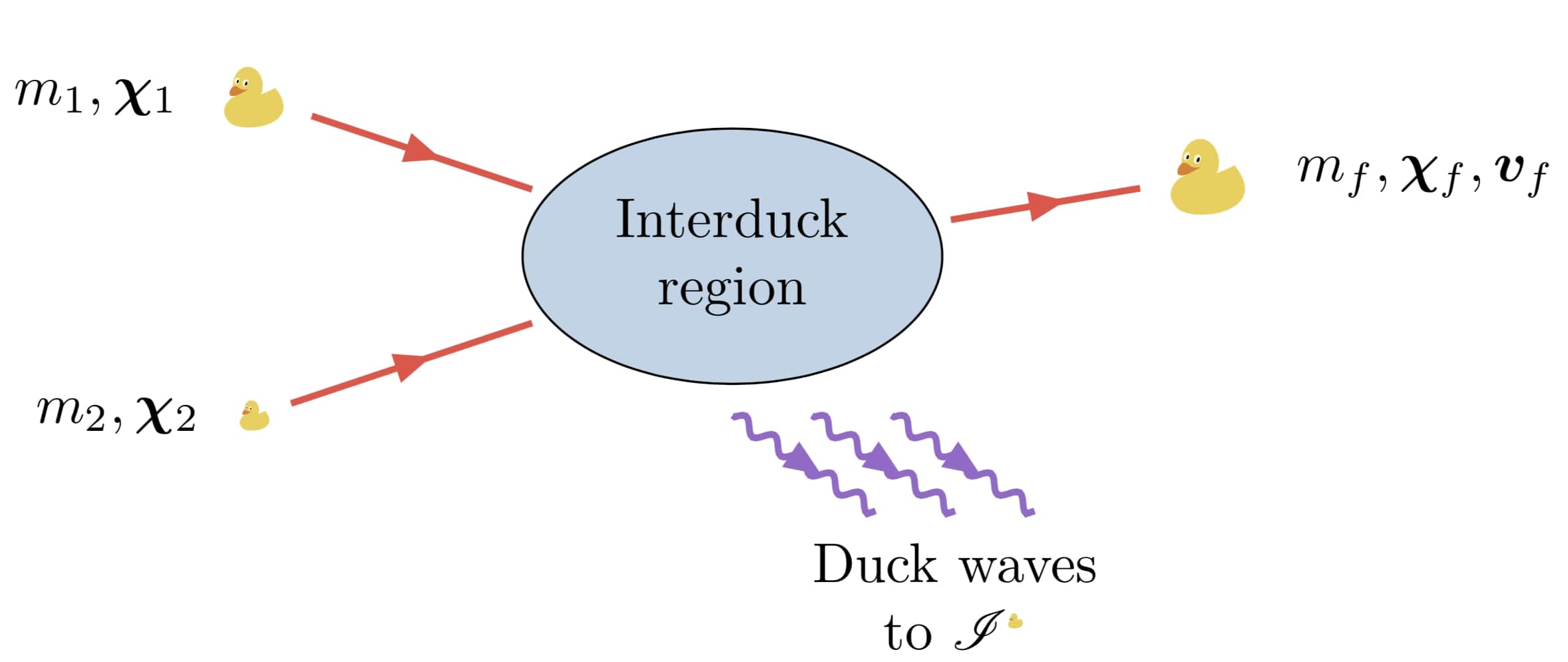All right I think this is great (but it took me a long time to convince myself and the others that’s the case!) In gravitational-wave astronomy we measure binaries, that is, pairs of two objects. Our signals have information about the pair as a whole. At the same time, we care very much about separating those two objects and measuring the properties of individual black holes and neutron stars. We always do that operation without thinking twice, just say that for each posterior sample object “1” is that with the larger mass and object “2” is that with the lower mass. But is that ok? Surely it’s a choice, but is it the best one? What does it even mean to pick the “best” labels? I think machine learning can help us here and that this problem can be framed using the language of semi-supervised clustering. The results? Well, they seem very significant. Measurements of the black-hole spins are more accurate, you can tell more easily if that’s a black hole or a neutron star, and overall the posterior distributions just look nicer (go away nasty multimodalities and non-Gaussianities!).
D. Gerosa, V. De Renzis, F. Tettoni, M. Mould, A. Vecchio, C. Pacilio.
Physical Review Letters 134 (2025) 121402. arXiv:2409.07519 [astro-ph.HE].
PRL Editors’ Suggestion. Covered by press release.
Press release : Milano-Bicocca.
Other press coverage: ilgiorno, lescienze, ansa.it, adnkronos (1), adnkronos (2), 30science, agenparl.eu, cagliarilivemagazine, ilcentrotirreno, ilgiornaleditalia, laragione, lospecialegiornale, meteoweb, msn.com, occhioche, padovanews, prpchannel, sardegnalive, smartphonology, tgabruzzo24, vetrinatv, unicaradio, altoadige, ecodibergamo, roboreporter, saluteh24, salutedomani.
